Plastic strips refer to strip-shaped objects made of plastic materials. They can be widely used in different settings.
The characteristics of plastic strips
Plastic strips have various features. Plastic strips are lighter compared to metal or wooden strips, making them easy to carry and install. The strips often have good resistance to wear, corrosion, and weathering, allowing them to be used for extended periods in various environmental conditions. Plastic strips typically have smooth surfaces, and they do not require additional coatings or anti-corrosion treatments. Compared to other materials, plastic strips are often more affordable, providing an economical solution. Additionally, many plastic strips can be recycled, helping to reduce environmental impact.
The types of plastic strips
Here are some common types available. Flexible plastic strips have high flexibility and stretchability and can be used on curved or contoured surfaces. They are typically made of flexible plastic materials such as polyvinyl chloride (PVC) or polyethylene (PE). Flexible plastic strips can be used for applications such as sealing, filling, protection, or decoration. Hard plastic strips have high hardness and rigidity and are usually made of rigid plastic materials such as polypropylene (PP) or polycarbonate (PC). They are commonly used for applications that require structural support, edge protection, or fixation. Thin plastic strips refer to plastic strips with thin thickness. They have high flexibility and transparency, making them suitable for applications that require thin and flexible materials. Thick plastic strips refer to plastic strips with a larger thickness, usually exceeding 1 millimeter. They typically have high strength and are suitable for applications that require thick and sturdy materials.
Application fields of plastic strips
Plastic strips have a wide range of applications. In the construction and decoration industry, plastic strips are commonly used for wall corner protectors, decorative strips, ceiling edge trim, door and window seals, etc. In the electronics and electrical industry, plastic strips are commonly used for wire and cable sheathing, insulation materials, connectors, etc. In the automotive industry, plastic strips are commonly used for car body decoration, door guards, window seals, etc. In the medical equipment field, plastic strips are commonly used for infusion tubes, catheters, syringes, etc. In the household goods sector, plastic strips are commonly used for furniture edge trim, clothes hangers, trash cans, etc. In addition, plastic strips are also used in the textile industry, food industry, sports and leisure equipment, furniture industry, stationery, shipbuilding industry, environmental protection, personal care products, etc. They play different roles in the fields, such as clothing and fabric reinforcement, food packaging films, inflatable toys, edge bands, file dividers, ship protection pads, plastic recycling, etc. The versatility and adaptability of plastic strips make them indispensable materials in many industries.
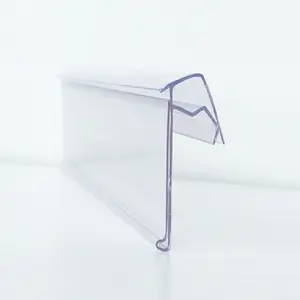








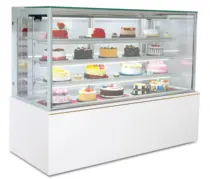







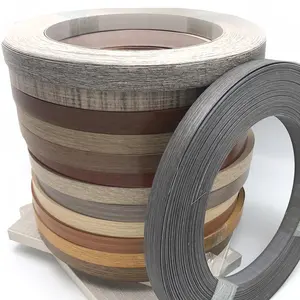
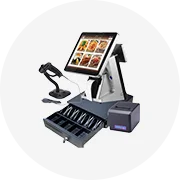
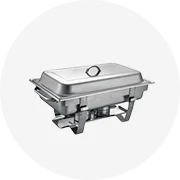
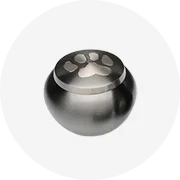
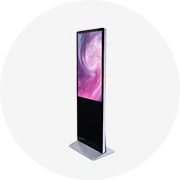

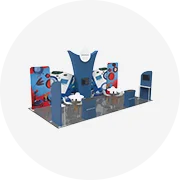
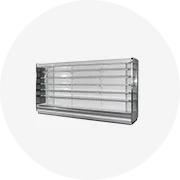
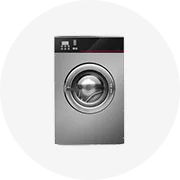
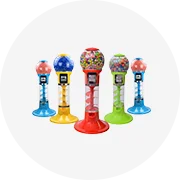
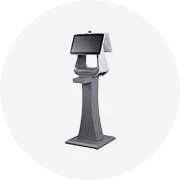
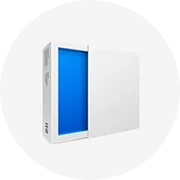









 浙公网安备 33010002000092号
浙公网安备 33010002000092号 浙B2-20120091-4
浙B2-20120091-4